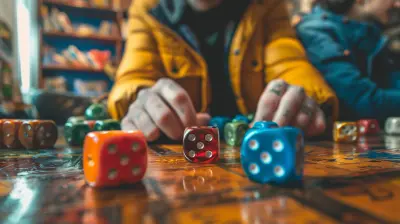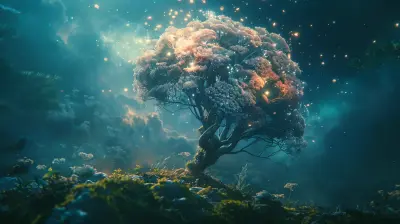Exploring Procedural Generation: How to Create Infinite Game Content
5 October 2025
Have you ever played a game and thought, "Wow, does this game ever end?" That sense of endless discovery, like wandering through a vast labyrinth that keeps shifting? Well, chances are, you’ve stumbled upon a game using procedural generation. It’s one of the coolest and most fascinating techniques in game development today. But what exactly is it, and how does it give us these seemingly infinite worlds? Let’s dig deeper and find out what makes procedural generation the secret sauce behind infinite game content!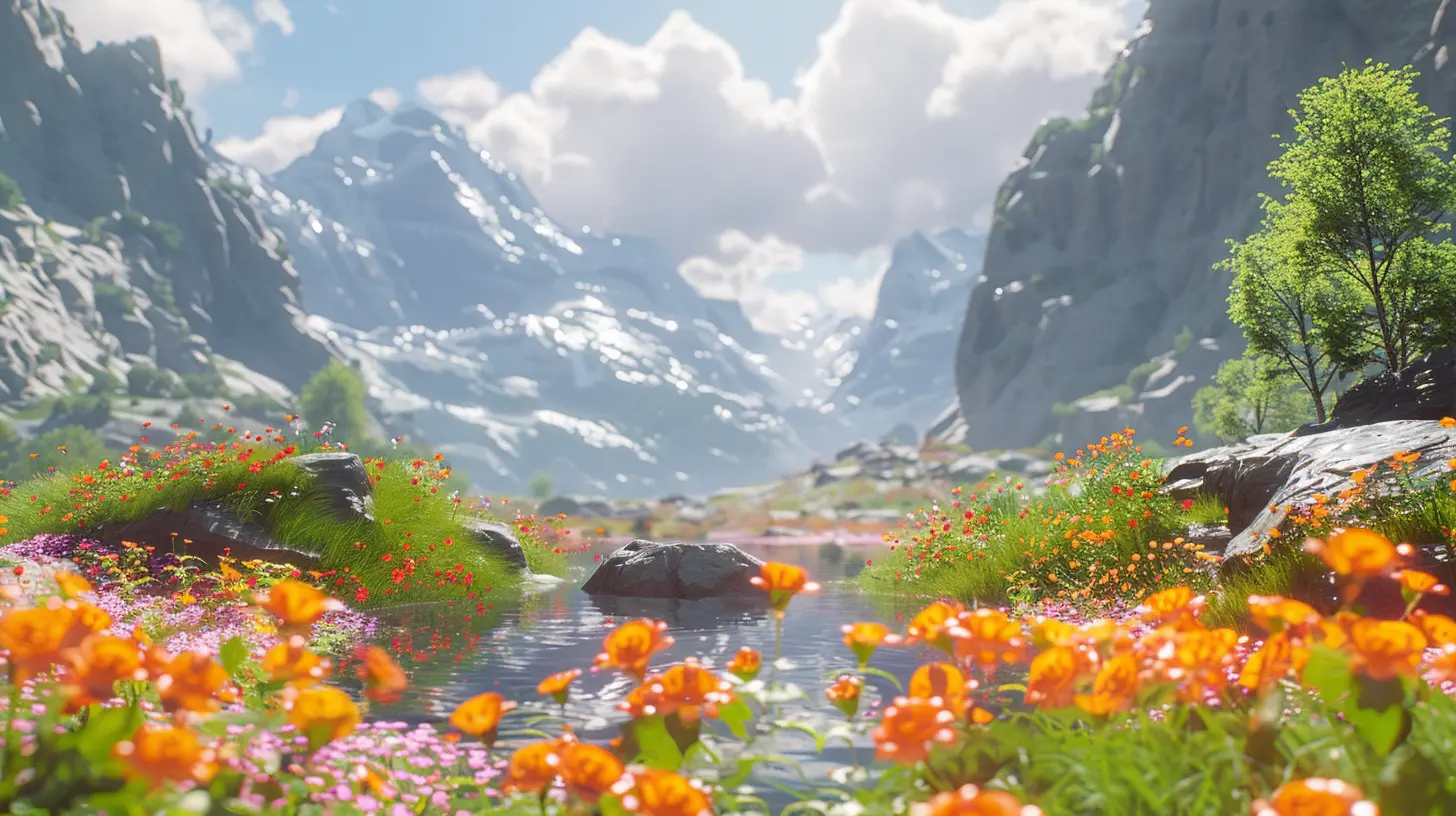
What is Procedural Generation?
Procedural generation (or PCG, for short) is like having a super-smart algorithm act as a content creator. Instead of manually designing every nook and cranny of a game, developers create a set of rules, constraints, and parameters. Then, the program takes over, generating content on the fly.Think of it as baking bread. Instead of meticulously shaping every loaf, you mix the ingredients, set the conditions, and let the oven do the magic. Voila! New bread (or game content) every time. Pretty neat, right?
This approach allows developers to create massive, dynamic, and unpredictable worlds without spending decades designing every pixel. It’s efficient, cost-effective, and, let’s be honest, downright fascinating.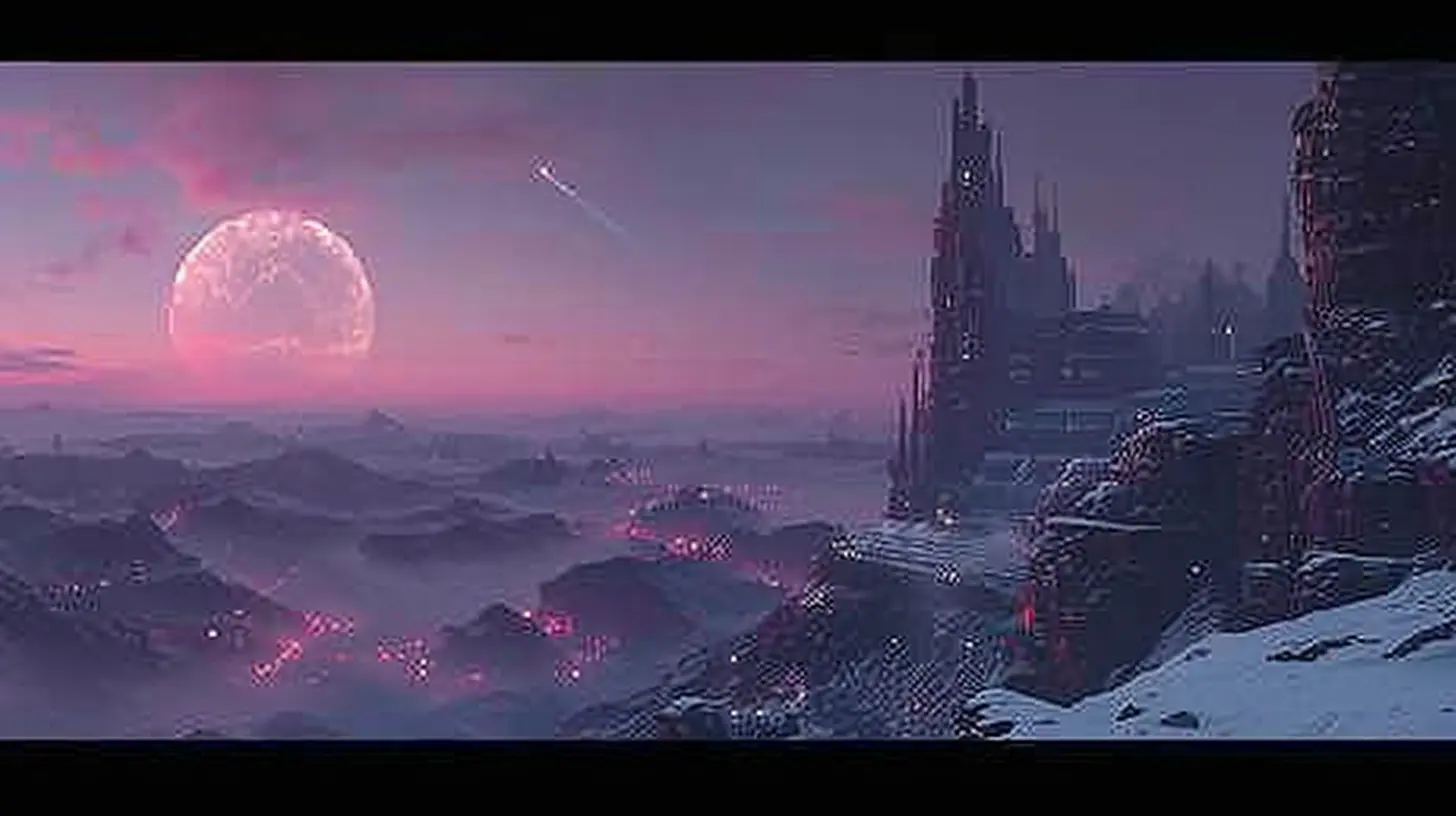
Why is Procedural Generation Popular?
If you've ever played games like Minecraft, No Man’s Sky, or Hades, you've already experienced procedural generation in action. But why is it such a big deal?1. Infinite Replayability
Procedural generation ensures that no two playthroughs are exactly alike. Imagine diving into a dungeon crawler where every time you reenter, the layout changes. It keeps the gameplay fresh and exciting. Who doesn't love a game that surprises you every time you play?2. Scalability
Game developers can create vast universes without the need for massive teams or endless development time. Instead of painstakingly placing every tree or hill, they can focus on crafting the rules that decide where trees and hills should go. It’s like having an army of invisible artists doing the heavy lifting.3. Dynamic Challenges
Procedural generation isn’t just for building maps or worlds—it can also create enemies, puzzles, and loot. This ensures players are constantly adapting to new strategies, preventing things from getting too predictable.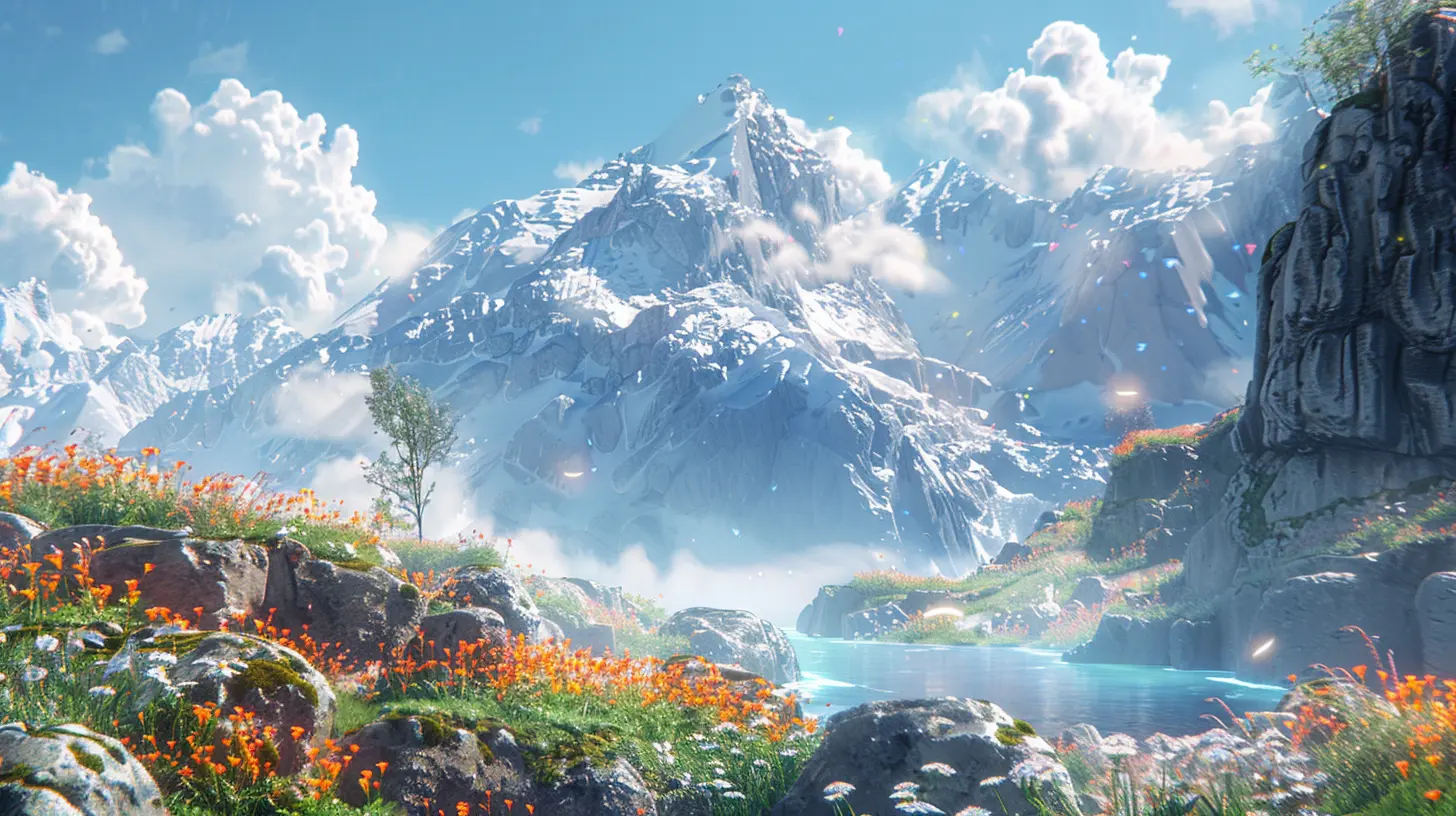
How Does Procedural Generation Work?
Now, let's get a bit nerdy. Procedural generation relies on algorithms to generate content. But don't worry, I'm not going to bore you with complex equations. Let me break it down into bite-sized bits.1. Seed Algorithms
Ever notice how some games let you enter a "seed" to generate worlds? Seeds are just numbers or strings that act as starting points for randomness. Think of it like planting a garden. The same seed always grows the same plants—so if you want to revisit a specific world, you just use the same seed.2. Noise Functions
No, not actual noise! Noise functions like Perlin Noise are used in procedural generation to create natural-looking patterns. Imagine using a paintbrush to randomly dab spots across a canvas, but with just the right amount of randomness to make it feel real. It’s how games create rolling hills or cloudy skies.3. Rule-Based Systems
Rules are the backbone of procedural generation. Developers decide the logic behind the randomness. For instance:- Trees can only grow at certain elevations.
- Monsters spawn more frequently in dark caves.
- Treasure chests are placed far from the starting point to encourage exploration.
It’s organized chaos, and that’s what makes it fun!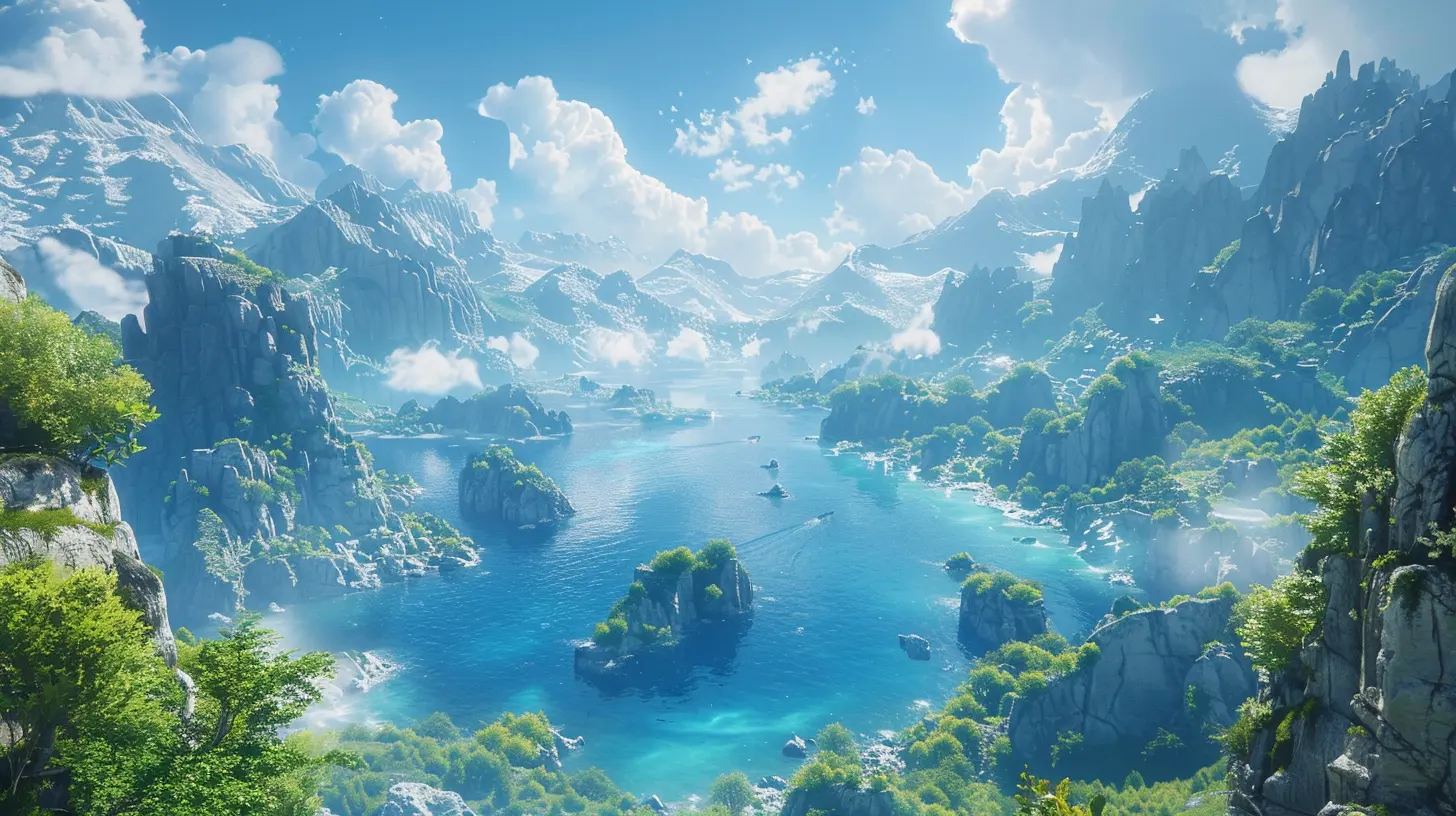
Examples of Procedural Generation in Games
To truly appreciate how amazing procedural generation is, let’s take a closer look at some games that use it brilliantly.1. Minecraft
Ah, the king of infinite worlds! Minecraft generates its blocky landscapes in real-time, using procedural algorithms to ensure a unique experience for every player. From sprawling caves to towering mountains, everything feels organic yet different each time.2. No Man’s Sky
With its promise of 18 quintillion planets, No Man’s Sky is the poster child of procedural generation. Each planet has unique flora, fauna, and terrain, all created algorithmically. It’s like being an intergalactic explorer in an endless universe.3. Rogue Legacy
This roguelike game uses procedural generation to create unique dungeons for every playthrough. It perfectly balances randomness with structure, ensuring that players are always on their toes.4. Spelunky
Love platformers? Spelunky takes it up a notch by crafting randomized levels that challenge even the most seasoned players. Every run is a mix of luck, strategy, and daring!Challenges of Procedural Generation
Okay, time for some real talk. While procedural generation is amazing, it’s not perfect. Let’s dive into the potholes on this otherwise smooth road.1. Repetition
Sure, procedural generation offers variety, but it can sometimes feel... same-y. If developers aren’t careful, players might spot repeated patterns, breaking the immersion. Ever notice five identical caves in a row? Yep, that’s procedural generation slacking off!2. Lack of Intentional Design
Random doesn’t always mean meaningful. Procedurally generated content can sometimes feel hollow, like a beautiful world with no soul. That’s where handcrafted design often outshines pure procedural chaos.3. Balancing Complexity
The more rules you add, the harder it becomes to balance. Developers need to make sure the randomness doesn’t break the game or frustrate players. (Nobody wants to spawn in a dungeon with no way out, right?)How Developers Blend Art with Algorithms
The true magic happens when developers mix procedural generation with handcrafted elements. It’s like combining a wild river with carefully placed stepping stones.For example:
- In The Legend of Zelda: Breath of the Wild, the open-world uses procedural rules for environment generation, but landmarks and quests are meticulously handcrafted.
- Hades uses procedural generation for its dungeons but ensures the narrative and pacing remain controlled.
It’s all about balance. Think of it as baking cookies—while the dough might spread unpredictably in the oven, you still use cookie cutters to ensure it takes the general shape you want.
Tips for Creating Procedural Content (If You’re a Developer)
Ready to try your hand at procedural generation? Here are some quick tips to get you started:1. Start Small: Don’t try to generate an entire galaxy on your first attempt. Start with something simple, like randomized maps or loot drops.
2. Set Constraints: Randomness is great, but too much of it can feel chaotic. Define rules and boundaries to guide your algorithms.
3. Playtest Like Crazy: Procedural content is unpredictable, so test it thoroughly. Make sure things feel fun, fair, and polished.
4. Blend Manual and Procedural Design: Handcraft key areas of your game to add personality and purpose.
5. Think About Player Experience: Always design with the player in mind. Randomness should enhance the game, not frustrate players.
The Future of Procedural Generation
Procedural generation is only getting better. With advancements in machine learning and AI, we’re heading toward games that adapt and evolve based on how you play. Imagine worlds that feel alive, where NPCs build towns or destroy forests dynamically. The possibilities are practically endless.As hardware becomes more powerful, we might even see procedural generation enable real-time world-building on a scale we can’t even imagine yet. One thing’s for sure—gaming’s future is infinite!
Conclusion
Procedural generation is the backbone of some of the most beloved games out there, creating endless possibilities for exploration and play. While it’s not without its challenges, its ability to craft worlds that feel alive and unpredictable is nothing short of extraordinary. Whether you’re a player marveling at infinite landscapes or a developer dabbling with algorithms, procedural generation is a tool that keeps the gaming world spinning.So, the next time you boot up a game and find yourself exploring a world that seems to stretch forever, take a moment to appreciate the clever algorithms working behind the scenes. It’s like having a little magic hidden right under your controller.
all images in this post were generated using AI tools
Category:
Game DevelopmentAuthor:

Greyson McVeigh
Discussion
rate this article
1 comments
Daisy Riggs
Great article! Procedural generation is a fascinating topic that truly expands creative possibilities in game design. Excited to see more innovations!
November 5, 2025 at 4:36 PM

Greyson McVeigh
Thank you! I'm glad you enjoyed the article. Procedural generation really is a game-changer for creativity in design, and I can't wait to see where it leads us next!

